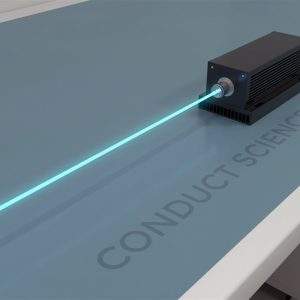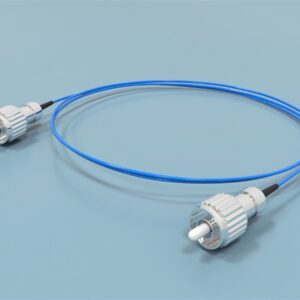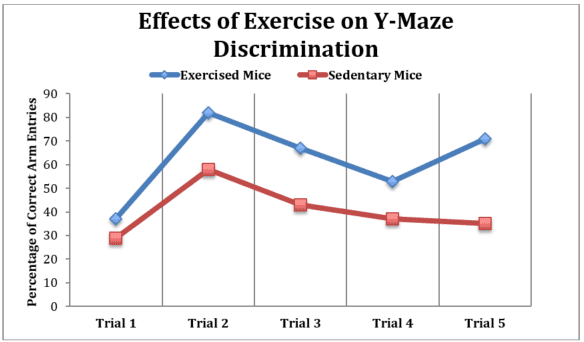The Y maze for the Morris Water Maze is made to fit the 4 foot, 5 foot, or 6 foot sizing for the MazeEngineers Morris Water Maze. Made of acrylic with dark insert between the choice arms allows for visual discrimination training in mice and rats.
$1,800.00 – $2,100.00Price range: $1,800.00 through $2,100.00
The Y maze for the Morris Water Maze is made to fit the 4 foot, 5 foot, or 6 foot sizing for the MazeEngineers Morris Water Maze. Made of acrylic with dark insert between the choice arms allows for visual discrimination training in mice and rats.

MazeEngineers empowers preclinical neuroscience research with meticulously designed, customizable behavioral apparatuses. From manual classic mazes to fully automated smart systems, we provide the tools scientists need to capture high-quality, reproducible data for studies on learning, memory, anxiety, and depression.




One of the dependable tools in studying learning and memory in rodents is the straightforward Y-maze paradigm. Similar to the T-maze, the Y-maze provides a simple assessment of spatial learning and working memory, presenting rodents with a choice between left and right arms, guided by visual and experimental cues. Notably, the Y-maze boasts certain advantages over the T-maze due to its more natural structure, featuring smooth 120-degree arm transitions instead of sharp 90-degree turns.
A clever adaptation of the Morris water maze involves incorporating a Y-maze insert, effectively combining the strengths of both experimental paradigms. By utilizing a Morris water maze with a Y-maze insert, rodents can be trained to locate an escape platform submerged in opaque water, rather than the traditional food reward, by successfully selecting one of two goal arms.
The MWM Y-maze insert offers various testing procedures for spatial learning, including visual discrimination between two learned cues, memory acquisition and retrieval, and other spatial reference memory tasks. By simplifying the spatial task to two possibilities for the rodent, the apparatus enables convenient analysis of spatial behavior.
The Y-maze insert is designed in a Y-shape configuration, featuring three elongated arms set at 120-degree angles from each other. This insert fits snugly within a circular tub filled with opaque water, achieved using non-toxic substances like watercolor paint or powdered milk. Each arm of the insert measures between 30 to 50 cm in length and 10 cm in width, providing ample space for the average-sized rodent.
Within the insert, a removable escape platform is positioned in one of the three interchangeable goal arms, submerged approximately 2 cm below the water surface. For enhanced learning and testing, guillotine-like doors can be incorporated into the apparatus, aiding in pre-training and restricting the rodent’s movement within its starting position in one of the three maze arms during testing sessions. Depending on the experimental protocol, distinct visual cues may be installed above the two goal arms, positioned within the rodent’s visual field above the waterline.
Data regarding rodent trajectories are meticulously tracked using video tracking software such as Noldus Ethovision XT, allowing for precise analysis of spatial behavior and navigation patterns.
Visual Discrimination
Visual discrimination tasks are a prevalent application of the MWM Y-maze insert. As with all maze protocols, animals undergo thorough pretraining, tailored to suit the specific research paradigm being employed. Prior to experimental evaluations, animals are acquainted with the apparatus and accustomed to the water maze procedures.
In the context of visual discrimination experiments, rodents are trained to associate visual cues with the location of the escape platform, positioned in one of two potential goal arms (Gagolewicz et al., 2011). Two distinct visual cues, such as black horizontal and vertical bars, are prepared in advance and affixed atop the two Y-maze goal arms within the rodent’s visual field.
The initial phase of MWM Y-maze training aims to familiarize animals with navigating the water maze and locating the concealed platform as their primary objective. During this preliminary stage, no visual cues are presented. Rodents are released into the maze and allowed to explore in search of the escape platform in the goal arm. Subjects failing to locate the escape platform within 200 seconds are guided manually to the platform. Correct and incorrect trials are meticulously recorded.
In the subsequent training phase, the same procedure is repeated, with the addition of the two distinct visual cues. Rodents are trained to associate one visual cue with the presence of the platform (designated as P+), and another with its absence (designated as P–). The final phase of visual discrimination training involves randomized assignment of the goal arm location.
Correct arm entries may be documented manually or via Noldus Ethovision XT for precise data collection and analysis.

Variations in Behavioral Training
In experiments where visual discrimination training serves as the experimental variable, as seen in Gagolewicz et al.’s (2011) exploration of visual discrimination training effects on long-term potentiation (LTP), rodents may undergo consistent association of visual cues or experience alternating cue presentations. The latter method aims to eliminate any reliance on visually-guided learned behavior, depending on the rodents’ assigned groups, whether control or experimental.
The behavioral training employed in the MWM Y-maze task contributes significantly to the investigation of learning and memory, particularly regarding its implications for specific neural mechanisms such as synaptic enhancements (Gagolewicz et al., 2011).
Other Applications
The MWM Y-maze insert finds utility in experimental paradigms akin to traditional Y- or T-mazes, as demonstrated in studies like Van der Borght et al.’s (2007) investigation into the effects of exercise on memory acquisition and retrieval. Here, spatial learning and memory are evaluated through the straightforward premise of selecting between two alleyways.

The MWM Y-maze insert offers easier training procedures for the rodents, compared with traditional Y- or T-mazes. In non-aquatic mazes, animals are typically tested and reinforced with the usage of a food reward, thereby necessitating food deprivation at least a day prior to testing for such a reinforcer. Meanwhile, the usage of a removable escape platform with the MWM Y-maze insert provides economic and practical advantages with regard to research procedures and materials.
The MWM Y-maze modification, and Morris water maze modifications, in general, have many advantages over other experimental paradigms. The Morris water maze and its variants require little training, no food restrictions, offers quick and consistent learning and does not require sensitivity to food preference or body weight differences (Vorhees & Williams, 2014).
Gagolewicz, P. J., & Dringenberg, H. C. (2011). NR2B‐subunit dependent facilitation of long‐term potentiation in primary visual cortex following visual discrimination training of adult rats. European Journal of Neuroscience, 34(8), 1222-1229.
Morris, R. (1984). Developments of a water-maze procedure for studying spatial learning in the rat. Journal of neuroscience methods, 11(1), 47-60.
Van der Borght, K., Havekes, R., Bos, T., Eggen, B. J., & Van der Zee, E. A. (2007). Exercise improves memory acquisition and retrieval in the Y-maze task: relationship with hippocampal neurogenesis. Behavioral neuroscience, 121(2), 324.
Vorhees, C. V., & Williams, M. T. (2014). Assessing spatial learning and memory in rodents. ILAR journal, 55(2), 310-332.
| Species | Mouse, Rat |
|---|
There are no questions yet. Be the first to ask a question about this product.